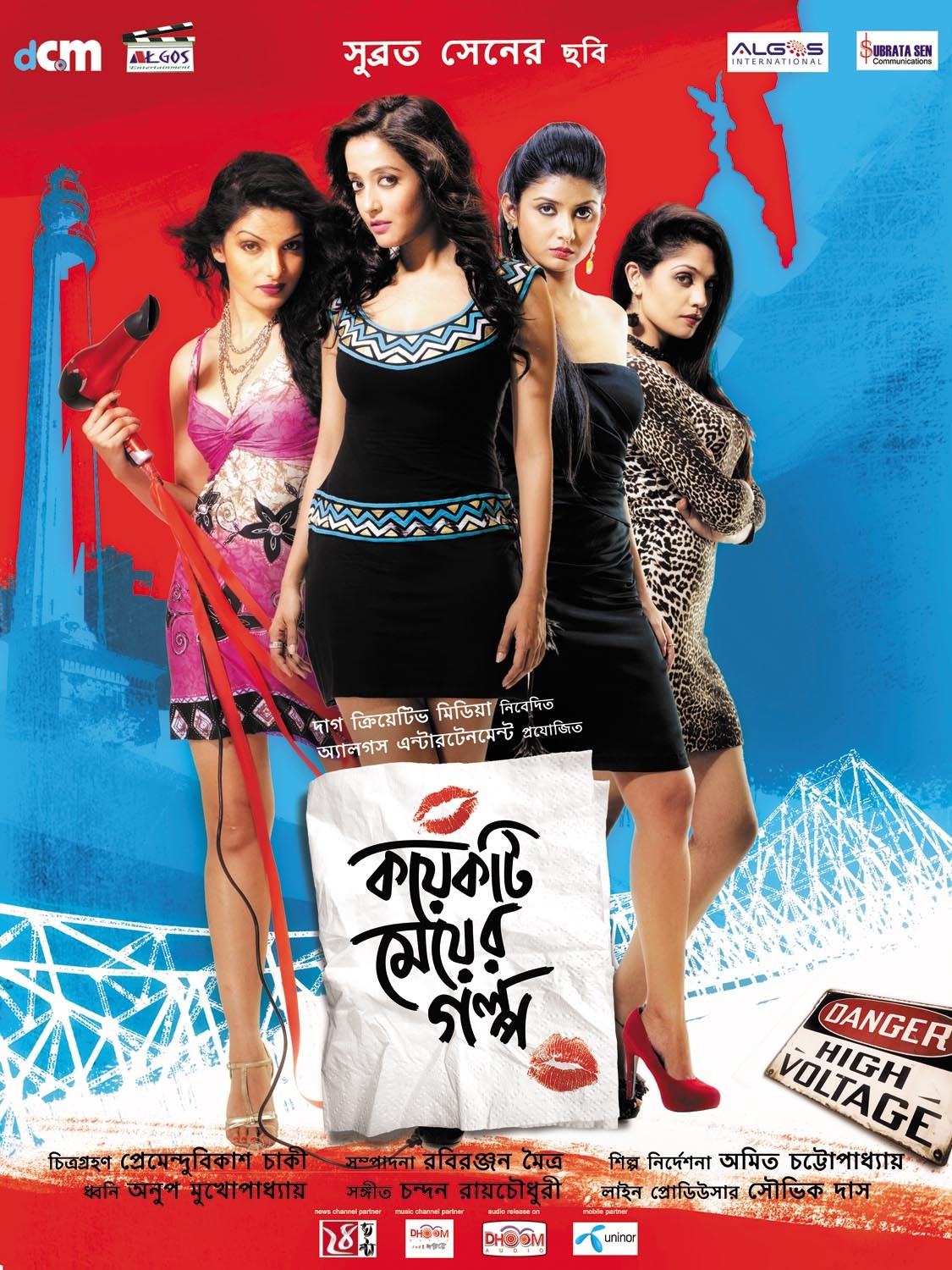How To Make Rainbow In A Jar
You don't have to use lots of different chemicals to make a colorful density column. This project uses colored sugarsolutions made at different concentrations. The solutions will form layers, from least dense, on top, to most dense (concentrated) at the bottom of the glass.
This is create a purple color liquid. Pour the purple liquid carefully into the tall jar. Rainbow in a Jar - Step 2. Step 2 – Next add about 1/4 cup of blue dish soap to. If you want to make a rainbow in a glass of water or a jar, choose a smooth glass with no textures or colors. Then, fill it with water and shine light down onto the surface of the water. That will cause the light to refract and come out of the side of the glass as a visible rainbow. How to Make a Rainbow in a Jar One of the possible ways to teach your children about primary colours such as red, yellow, blue and green is to make a rainbow in a jar. Children will be more attracted to an array of colours floating at random through a water filled jar.
• • • • September 19, 2011, at the. • • • July 5, 2008, at the. Archived from on November 4, 2015. Nascar driver averages by track. • February 8, 2008, at the. • • • February 18, 2007, at • February 26, 2008, at the.
Difficulty: Easy
 Shobdo Kolpo Droom 2018 Bangla. Alifa 2018 Bangeli. Shooter 2018 Bangla. Pizzabhai [2018] Bengali. Holy Faak 2018 Indian Bangla Movie HD (0) Peppermint 2018 (0) Halkaa (2018) Hindi (0. Masterpiece (2018) HD (0) Ready 2018 Hindi Dubbed Movie HD (0) American Exorcist 2018 (0) Cheat The Hangman 2018 (0) Latest Uploaded. Zero (2018) December.
Shobdo Kolpo Droom 2018 Bangla. Alifa 2018 Bangeli. Shooter 2018 Bangla. Pizzabhai [2018] Bengali. Holy Faak 2018 Indian Bangla Movie HD (0) Peppermint 2018 (0) Halkaa (2018) Hindi (0. Masterpiece (2018) HD (0) Ready 2018 Hindi Dubbed Movie HD (0) American Exorcist 2018 (0) Cheat The Hangman 2018 (0) Latest Uploaded. Zero (2018) December.
The pirate bay torrent. Time Required: minutes
What You Need
- Sugar
- Water
- Food coloring
- Tablespoon
- 5 glasses or clear plastic cups
The Process
- Line up five glasses. Add 1 tablespoon (15 g) of sugar to the first glass, 2 tablespoons (30 g) of sugar to the second glass, 3 tablespoons of sugar (45 g) to the third glass, and 4 tablespoons of sugar (60 g) to the fourth glass. The fifth glass remains empty.
- Add 3 tablespoons (45 ml) of water to each of the first 4 glasses. Stir each solution. If the sugar does not dissolve in any of the four glasses, then add one more tablespoon (15 ml) of water to each of the four glasses.
- Add 2-3 drops of red food coloring to the first glass, yellow food coloring to the second glass, green food coloring to the third glass, and blue food coloring to the fourth glass. Stir each solution.
- Now let's make a rainbow using the different density solutions. Fill the last glass about one-fourth full of the blue sugar solution.
- Carefully layer some green sugar solution above the blue liquid. Do this by putting a spoon in the glass, just above the blue layer, and pouring the green solution slowly over the back of the spoon. If you do this right, you won't disturb the blue solution much at all. Add green solution until the glass is about half full.
- Now layer the yellow solution above the green liquid, using the back of the spoon. Fill the glass to three-quarters full.
- Finally, layer the red solution above the yellow liquid. Fill the glass the rest of the way.
Safety and Tips
- The sugar solutions are miscible, or mixable, so the colors will bleed into each other and eventually mix.
- If you stir the rainbow, what will happen? Because this density column is made with different concentrations of the same chemical (sugar or sucrose), stirring would mix the solution. It would not un-mix like you would see with oil and water.
- Try to avoid using gel food coloring. It is difficult to mix the gels into the solution.
- If your sugar won't dissolve, an alternative to adding more water is to microwave the solutions for about 30 seconds at a time until the sugar dissolves. If you heat the water, use care to avoid burns.
- If you want to make layers you can drink, try substituting unsweetened soft drink mix for the food coloring, or four flavors of a sweetened mix for the sugar plus coloring.
- Let heated solutions cool before pouring them. You'll avoid burns, plus the liquid will thicken as it cools so the layers won't mix as easily.
- Use a narrow container rather than a wide one to see the colors the best,